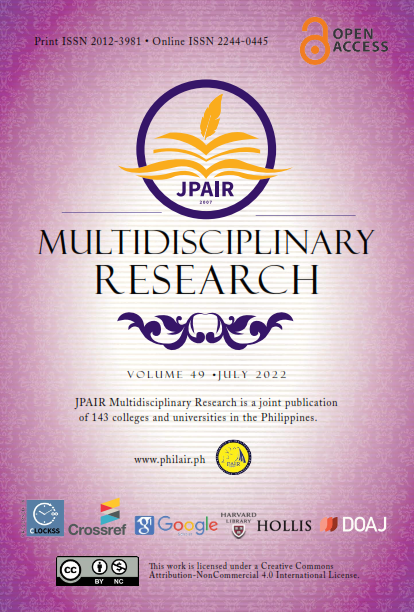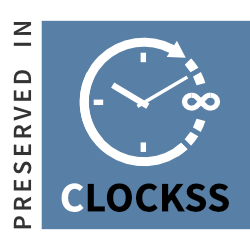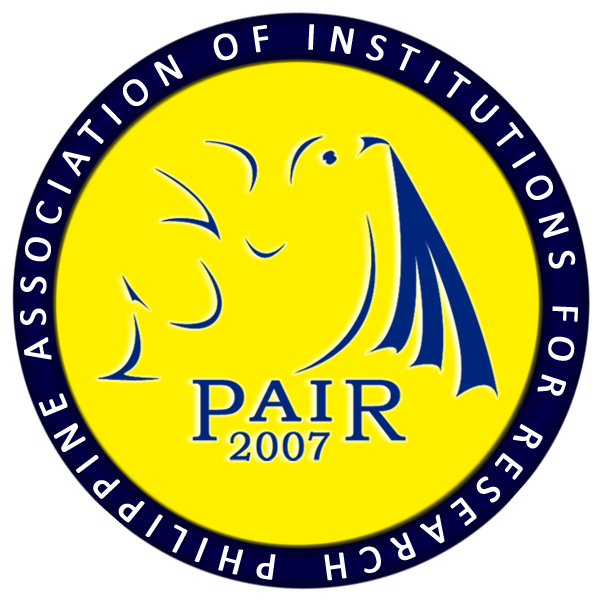Comprehensive Approach to Solve “Distance Cheating” In Secondary Schools in Daraga, Albay: An Exploratory Study
DOI:
https://doi.org/10.7719/jpair.v49i1.676Keywords:
Education, evaluation, assessment, distance learning, curriculum, exploratory, PhilippinesAbstract
This is an exploratory study on the issue of "distance cheating" to propose a comprehensive approach to solving it. A survey conducted among high school students shows more than 64% ask help from parents to work on the modules, more than 56% ask others to work on the performance tasks, and more than 86% share answers with their classmates. The foundations of education were considered to analyze the results in a comprehensive way. Considering the psychology of digital natives, this may mean changing the grading system, teaching strategies, and forms of assessment. The usual tests that stress memorization may no longer be the best way to evaluate learners since information is available on the internet. It is important to integrate lessons and encourage authentic interdisciplinary assessments to respond to actual issues and challenges they experience in their family, community, society, and the world. To minimize or disable the possibility of cheating, students may be given a choice to do it individually or in a group, propose the best way to express what they have learned in a lesson, with the endorsement of parents/guardians and the approval of the teacher. The rubric for performance tasks may be used for self-evaluation, peer evaluation, parent/guardian evaluation, and teacher evaluation.
Downloads
References
Aguilar, M. G. (2021). Academic Dishonesty in the Philippines: The Case of 21st Century Learners and Teachers. International Journal of Management, Technology, and Social Sciences, 6(1), 306-313.
Downloads
Published
Issue
Section
License
Copyright (c) 2022 Imelda L. Areola, Arnel M. Bonganay, Gerand O. Buenaobra, Christine A. Armario, Ma. Zenia M. Cancisio, Fatima N. Dollison, Leizel N. Espineli

This work is licensed under a Creative Commons Attribution-NonCommercial 4.0 International License.
Open Access. This article published by JPAIR Multidisciplinary Research is licensed under a Creative Commons Attribution-Noncommercial 4.0 International (CC BY-NC 4.0). You are free to share (copy and redistribute the material in any medium or format) and adapt (remix, transform, and build upon the material). Under the following terms, you must give appropriate credit, provide a link to the license, and indicate if changes were made. You may do so in any reasonable manner, but not in any way that suggests the licensor endorses you or your use. You may not use the material for commercial purposes.




















